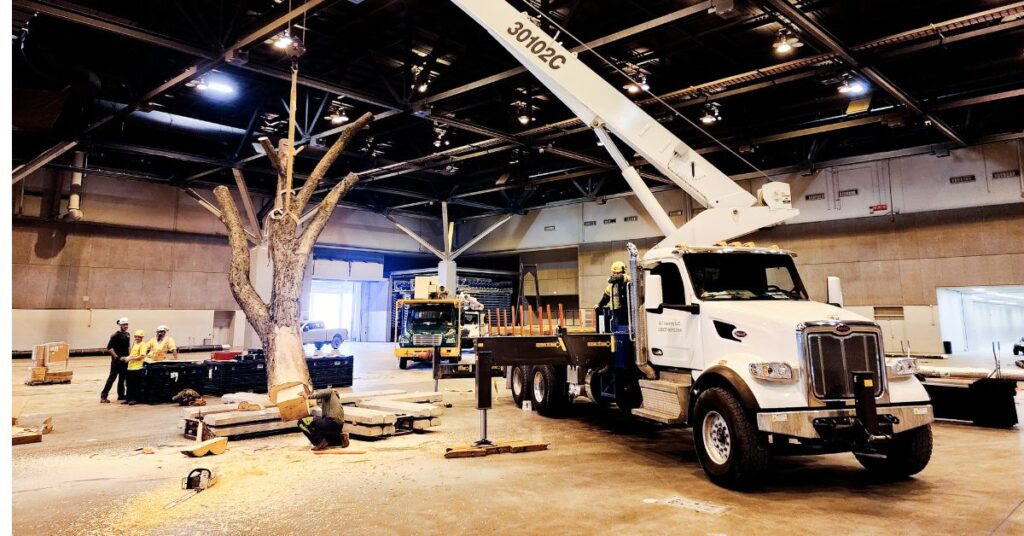
It’s crucial for tree care companies to continually educate homeowners about the importance of proper tree maintenance throughout the year, especially during winter when trees and shrubs face significant stress. TCIA provides dozens of public service announcements (PSAs) for all seasons for tree care companies to feature on their website, newsletters, social media or local media outlets.
Here are some winter tree care tips to share and show that you care about your customer’s trees, even when you’re not working on them. TCIA members can download the PSA HERE to educate and inform your customers.
Heavy snow and ice, as well as frozen soil conditions, can damage cherished trees and shrubs in residential landscapes. Even areas without major snowfall experience high winds and huge fluctuations in temperatures during winter. But homeowners can lessen the adverse effects of winter weather with preventive maintenance
How to avoid damage to trees
“Branches of trees can break due to the excessive weight of ice or snow,” says Tchukki Andersen, BCMA, CTSP* and staff arborist with the Tree Care Industry Association (TCIA). “Tree strength can be improved with proper pruning to promote the formation and growth of the strongest possible branches and branch attachments. When pruning alone isn’t enough to strengthen a tree, properly installed cables and rigid braces can add support to weakened parts of a tree.”
Winter winds cause evergreens to lose moisture from their needles. Even some deciduous trees suffer from winter drying. If water is not available as moisture is drawn from living cells, permanent damage can result. The best prevention consists of planting only hardy species in areas of prolonged exposure, watering plants adequately in the fall and mulching to insulate the soil and roots from severe cold.
Winter is a good time to prune
“Most skilled arborists prefer pruning when trees are dormant,” says Andersen. “With no leaves on the tree, the arborist is better able to evaluate its architecture and spot dead or diseased branches. In addition, since the ground is frozen, damage to the turf underneath the tree due to falling limbs and tree care activities is negligible. This is also a good time to check trees for diseases and other damage.”
Other recommendations to improve the health of your living landscape:
- Reduce compaction around trees to help improve water and air movement in the soil. This strengthens the tree’s root system.
- When planting, choose hardy trees available in your area as they have better chances for survival in severe weather conditions. Choosing the best location and following proper planting procedures should be your highest priorities.
- Only fertilize after a qualified tree care provider has assessed the tree’s health, growth and site conditions.
- In case of moderate storm damage, restoring the tree to its former health and beauty may take some time, but it generally can make a full recovery. Broken, hazardous limbs should be removed immediately.
TCIA members, download the full PSA here in the member business resource area.
Not a member of TCIA? Set up a consultation to learn more about how a TCIA membership can support your company.
*Board Certified Master Arborist, Certified Treecare Safety Professional


